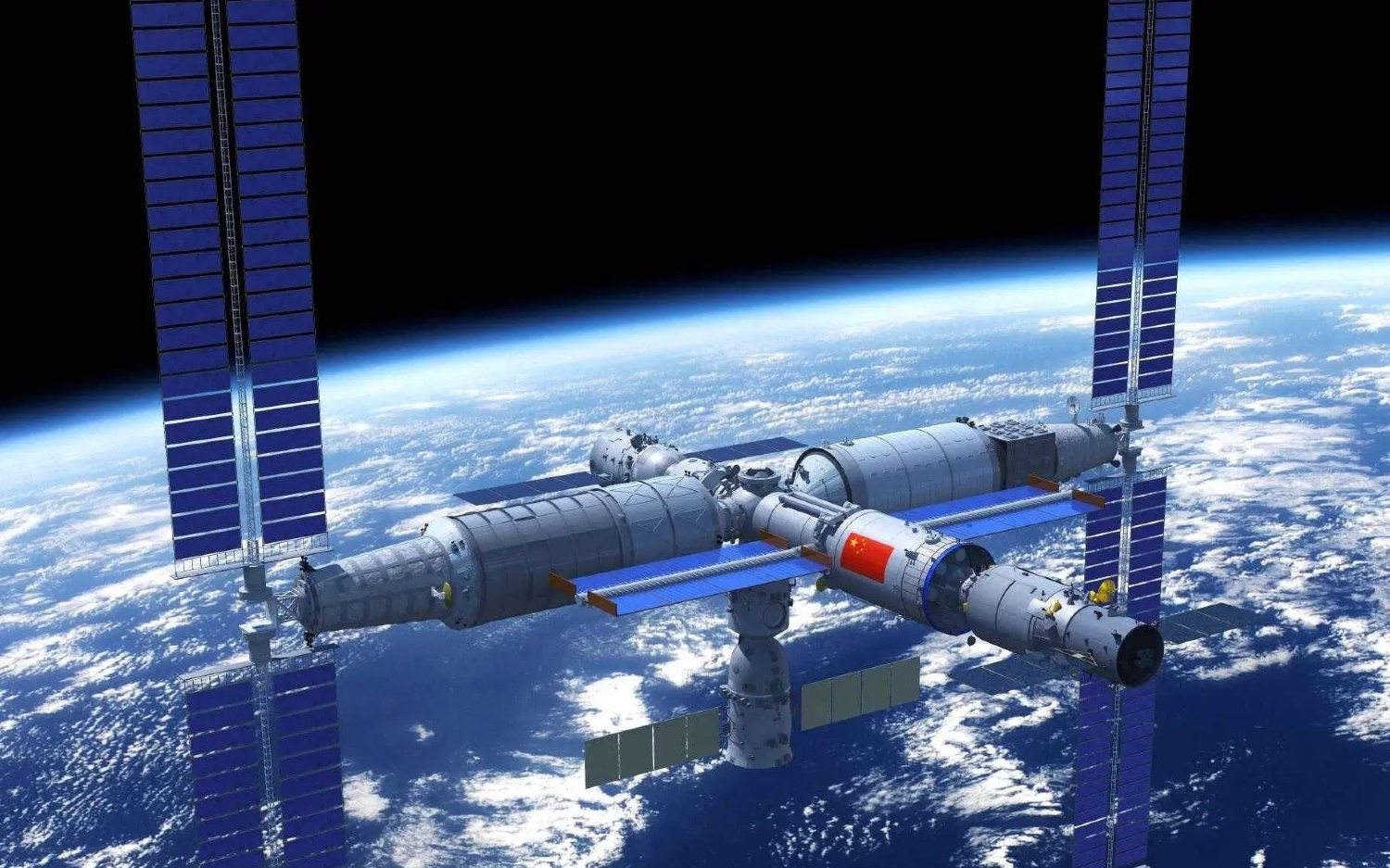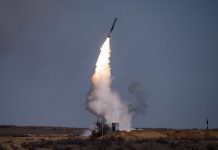On July 15, 2025, at 5:34 a.m. Beijing Time, China commemorated another milestone in its ambitious space program with the successful launch of the Tianzhou-9 cargo spacecraft from the Wenchang Spacecraft Launch Site in Hainan Province.
Tianzhou-9 ascended into the predawn sky to deliver essential cargo supplies to the Tiangong space station, China’s orbiting outpost in low Earth orbit.
Launched aboard a Long March-7 Y10 rocket from the Wenchang Space Launch Site in Hainan Province, Tianzhou-9 reached orbit approximately 10 minutes after lift-off.
Just over three hours later, it autonomously docked with the Tiangong station’s Tianhe core module, completing a rapid and exact rendezvous manoeuvre.
This fast and precise docking underscores the maturity of China’s automated rendezvous and docking technology, a crucial capability for sustaining long-term space missions.
This mission represents the fourth cargo resupply flight since Tiangong entered its application and development phase. The mission highlights China’s increasing confidence in orbital logistics and its capacity to sustain an independent, fully operational space station.
Tianzhou-9’s Cargo
Tianzhou-9 reportedly carried between 6.5 and 7.2 tonnes of cargo, comprising essential living supplies, advanced hardware, and a wide array of scientific instruments.
Among the mission’s most notable payloads were two upgraded extravehicular activity (EVA) spacesuits. These new-generation suits boast improved durability, with a lifespan of four years and the capacity to support up to 20 spacewalks.
These enhancements will enable taikonauts aboard Tiangong to carry out longer, more frequent, and safer operations outside the station.
In addition to the EVA suits, Tianzhou-9 brought a new core-muscle training device designed to help astronauts maintain muscle strength and mitigate the effects of extended weightlessness.
Physical health in microgravity is a key concern for long-duration missions, and this device will contribute to China’s research into space physiology and crew health maintenance.
One of the most innovative scientific payloads onboard was a brain organoid-on-a-chip experiment. This sophisticated biological test aims to replicate human brain cells under microgravity conditions, examining the functionality of the blood–brain barrier in space.
The research has the potential to provide valuable insights into the cognitive and neurological risks encountered by astronauts during extended space missions. It could contribute to the development of future countermeasures.
Also included in the cargo were nanocarrier-based drug delivery systems, materials science experiments, and tools for aerospace medicine studies. The spacecraft also carried consumables such as food, water, and oxygen for the crew of Shenzhou-20 currently residing on the space station, as well as propellant to help Tiangong maintain its orbit and perform attitude adjustments.
These supplies are essential for maintaining the habitability of Tiangong, which has been operational since its core module was launched in April 2021.

A Critical Link In The Tiangong Ecosystem
The Tiangong space station, currently in its application and development stage, marks a major advancement in China’s space ambitions. Unlike earlier testbed stations, Tiangong is a modular, permanent platform designed to compete with the International Space Station (ISS).
It consists of the Tianhe core module and the Wentian and Mengtian experimental modules, enabling a broad spectrum of scientific research, technological tests, and crew activities.
As Tiangong matures into a fully operational orbital laboratory, the Tianzhou series of cargo spacecraft provides the logistical backbone to maintain its operation smoothly.
With a payload capacity exceeding 6.5 tonnes and autonomous docking capabilities, Tianzhou spacecraft are comparable to other international resupply systems, such as SpaceX’s Dragon, Russia’s Progress, and Northrop Grumman’s Cygnus vehicles.
Each Tianzhou launch not only replenishes life-support essentials but also delivers a suite of scientific instruments to support China’s growing space research program. By regularly rotating crews and resupplying the station, CMSA ensures that Tiangong remains a vibrant hub for microgravity research, life sciences, materials development, and advanced technologies.
China’s Broader Space Strategy & Global Ambitions
China’s space program operates independently of other leading spacefaring nations, primarily due to geopolitical constraints, including U.S. legislation that restricts NASA’s collaboration with China.
Consequently, Tiangong exemplifies China’s independence in space technology. From launch vehicles to spacecraft and ground infrastructure, all elements of the Tiangong program are developed domestically, demonstrating China’s engineering prowess.
China’s consistent success in human spaceflight and station operations reflects its long-term ambitions to become a dominant spacefaring nation.
The Tianzhou-9 mission represents merely the latest in a series of accomplishments that include landing rovers on the Moon and Mars, launching the world’s largest radio telescope, and sending up a relay satellite to support future lunar missions.
Furthermore, the operation of China’s space station offers invaluable expertise for subsequent deep-space expeditions. The competencies acquired in spacecraft docking, extended human habitation, robotic management, and onboard medical research constitute essential foundational skills for prospective missions to the Moon or Mars.
Global Context
The Tianzhou-9 mission comes at a time when global interest in space exploration is surging. The ISS, a collaborative effort involving the U.S., Russia, Europe, Japan, and Canada, is nearing the end of its operational life, with planned decommissioning in 2030.
Tiangong, by contrast, is a relatively new platform, positioning China as a key player in the next era of human spaceflight. While Tiangong is smaller than the ISS, its capabilities are robust, and its scientific output is growing.
China has expressed a willingness to cooperate internationally regarding the Tiangong space station, extending invitations to other nations to conduct experiments aboard the facility.
This initiative may facilitate the development of partnerships with countries across Asia, Africa, and other regions, particularly those without established space programs. Such collaborations possess the potential to redefine the geopolitics of outer space, fostering new alliances and avenues for scientific advancement.
Future Prospects
In 2025, China is expected to launch Shenzhou-21, which will carry a new crew to the space station. The incoming team will relieve the current taikonauts and proceed with the ongoing scientific research, while also preparing for future enhancements to the station’s infrastructure.
Beyond Tiangong, China is also formulating plans to deploy astronauts on the Moon before 2030. The Tianzhou and Shenzhou missions will function as essential training platforms for life support systems, crew rotations, and logistical supply chains necessary for such sustained undertakings.
Conclusion
The launch of Tianzhou-9 symbolises more than merely another cargo delivery; it exemplifies China’s rapidly progressing capabilities in space logistics, engineering expertise, and increasing leadership in orbital sciences.
With each successive mission, China advances towards realising its vision of establishing itself as a preeminent entity in human spaceflight and space-based research. As the Tiangong space station develops into an international platform for scientific and technological endeavours, global attention remains focused.
Tianzhou-9 has not only provided the necessary hardware and experiments to support this future but has also reaffirmed China’s preparedness to spearhead the forthcoming era of space exploration.
- Air Marshal Anil Khosla is a former Vice Chief of Air Staff (VCAS) of the Indian Air Force and AOC in C of Eastern Air Command.
- He tweets at: @AnilKhosla16




